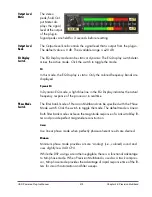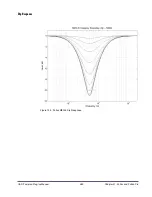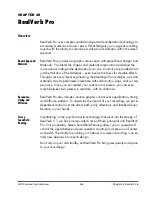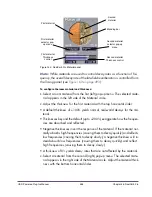
UAD Powered Plug-Ins Manual
- 480 -
Chapter 47: Pultec and Pultec-Pro
In the hardware MEQ-5, the audio is still slightly colored even when the
switch is in the Out position and the peak/dip controls are at zero. This is due
to the fact that the signal is still passing through its circuitry. Because the plug-
in emulates the hardware in every regard, the signal will be slightly processed
when this switch is in the In position and the peak/dip controls are at zero. If
a true bypass is desired, use the host disable switch.
Low Peak Controls
Frequency
Selector Switch
This switch determines the frequency of the low-midrange portion of the equal-
izer. Five frequencies are available: 200 Hz, 300 Hz, 500 Hz, 700 Hz, and
1 kHz.
Boost Knob
This knob determines the amount of low-midrange “Peak” (gain) to be applied
to the frequency set by the low-midrange frequency selector.
Dip Controls
Frequency
Selector Switch
This switch determines the frequency of the midrange portion of the equalizer.
Eleven frequencies are available: 200 Hz, 300 Hz, 500 Hz, 700 Hz, 1 kHz,
1.5 kHz, 2 kHz, 3 kHz, 4 kHz, 5 kHz, and 7 kHz.
Attenuation
Knob
This knob determines the amount of midrange “Dip” (cut) to be applied to the
frequency set by the midrange frequency selector.
High Peak Controls
Frequency
Selector Switch
This switch determines the frequency of the high-midrange portion of the
equalizer. Five frequencies are available: 1.5 kHz, 2 kHz, 3 kHz, 4 kHz, and
5 kHz.
Boost Knob
This knob determines the amount of high-midrange “Peak” (gain) to be ap-
plied to the frequency set by the high-mid frequency selector.
MEQ-5 Response Curves
We’ve included a few frequency response plots that illustrate the response
curves of the MEQ-5. All plots were taken at a sample rate of 192 kHz.
















































